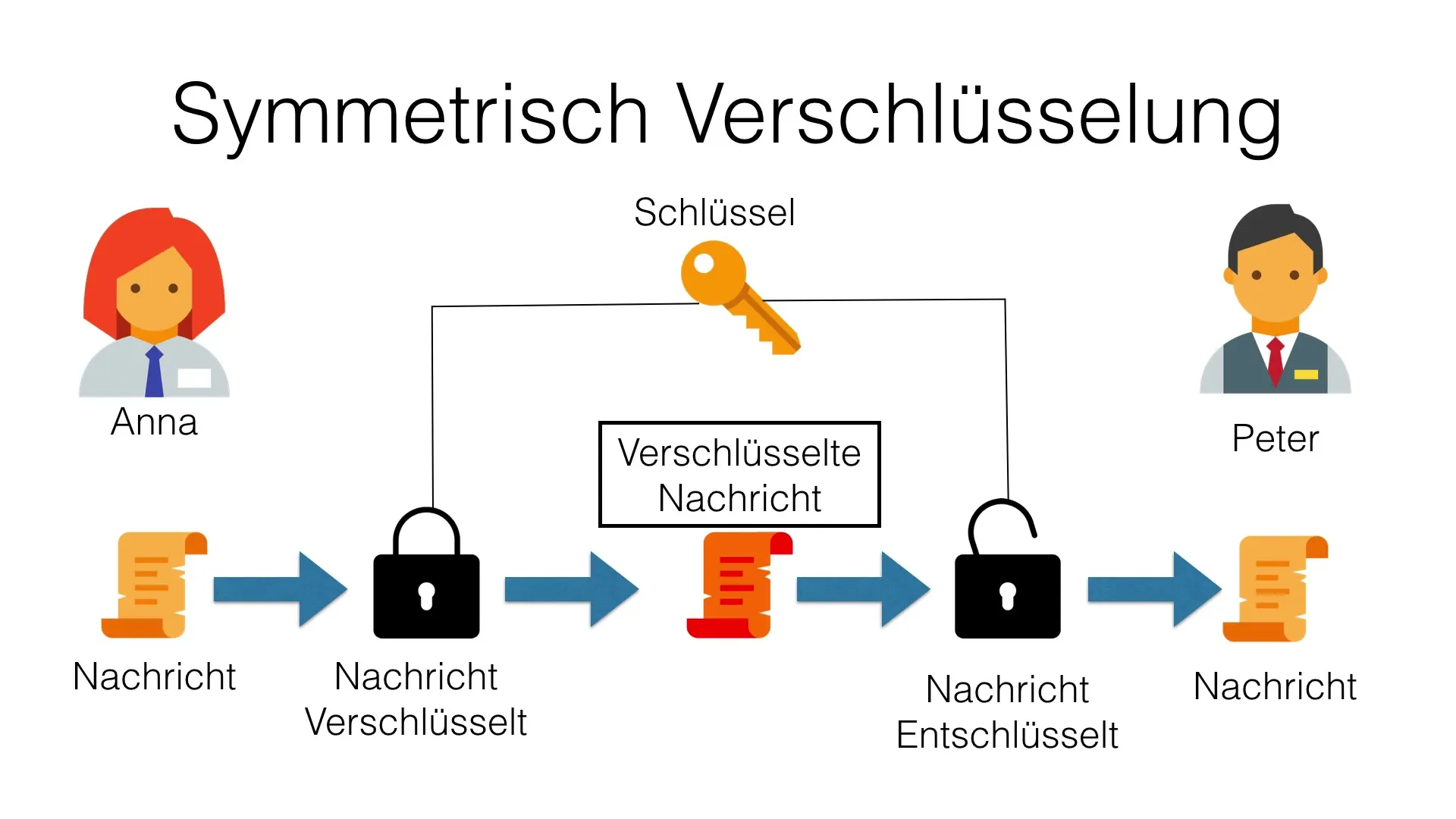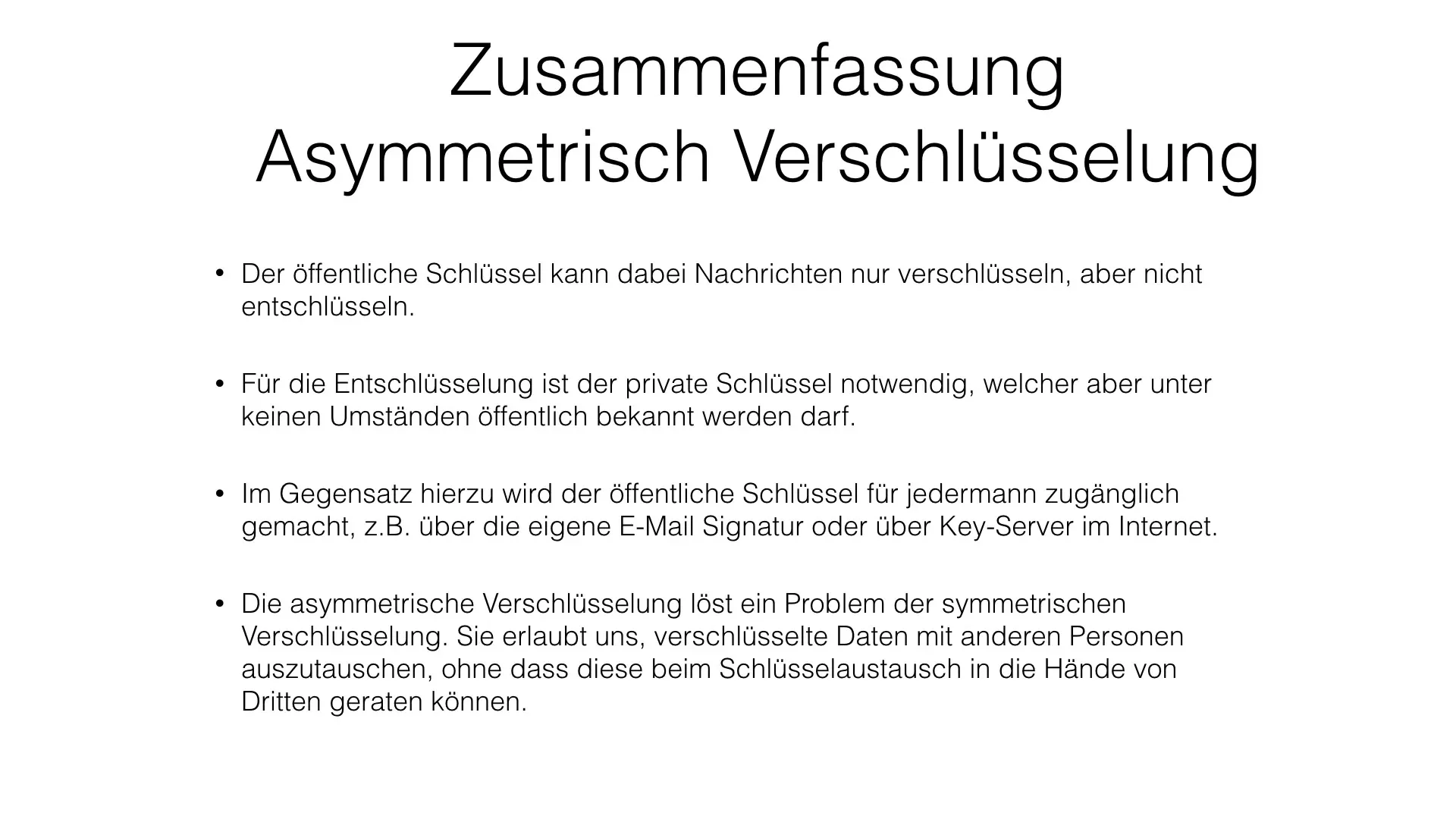The asymmetric encryption plays a central role in modern network security solutions, particularly when using OpenVPN. While symmetric encryption relies on a shared key, asymmetric encryption uses a key pair consisting of a public and a private key. This offers numerous advantages, especially in terms of security and handling key exchange. This guide will help you understand the concepts of asymmetric encryption and explain how it works in relation to OpenVPN.
Main Insights
- Symmetric encryption uses a single key for encryption and decryption.
- Asymmetric encryption uses a key pair: one public and one private key.
- The public key can be freely shared, while the private key must remain secret.
- Asymmetric encryption solves the key exchange problem found in symmetric encryption.
Step-by-Step Guide
To better understand how asymmetric encryption works, let’s look at the following steps:
1. Introduction to Key Pairs
In asymmetric encryption, there are two keys that work closely together: the public key (Public Key) and the private key (Private Key). The public key can be provided to anyone, while the private key must be kept secret.
2. Encryption Process
The encryption process begins by transforming the plaintext (the message to be encrypted) into ciphertext using the recipient's public key. Only the owner of the corresponding private key can decrypt this ciphertext.

3. Decryption of the Message
When the recipient receives the encrypted message, they use their private key to convert the ciphertext back into plaintext. This ensures the integrity and confidentiality of the message.
4. Security Aspects
A key advantage of asymmetric encryption is the security of the key exchange. Since the public key can be widely distributed, there is no risk of this key being intercepted during transmission. The private key remains secure and protects the recipient's information.

5. Application and Benefits in OpenVPN
When using OpenVPN, asymmetric encryption is particularly useful. Whenever a client connects to a server, a secure channel is needed. Asymmetric encryption is used here to establish a secure connection and ensure that only authorized users can access the VPN server.

6. Certificates and Digital Signatures
Asymmetric encryption also involves the use of certificates and digital signatures. These allow for the verification of the authenticity of the keys. Especially in VPN environments, this provides additional security by ensuring that a public key actually comes from the person you expect.
7. Solving Problems of Symmetric Encryption
An important goal of asymmetric encryption is to address the issues of symmetric encryption. In symmetric encryption, key transfer is often a weak point because the key must be securely transmitted between the communicating parties. Asymmetric encryption eliminates this risk, as each user has their own keys.
8. Key Exchange Procedures
A well-known method for exchanging keys in asymmetric encryption is the Diffie-Hellman method. This allows two parties to create a shared key over an insecure channel without having to exchange the key itself. The method is particularly relevant in the context of VPNs and other secure communication protocols.
Summary – Understanding Asymmetric Encryption in OpenVPN
Asymmetric encryption provides a secure method for data transmission through the use of key pairs consisting of a public and a private key. The process ensures that only the owner of the private key can access the information. It addresses the challenges of symmetric encryption and offers additional security mechanisms for key matching through digital signatures.
Frequently Asked Questions
What is asymmetric encryption?Asymmetric encryption uses a key pair for secure data transmission, consisting of a public and a private key.
How does the encryption process work?The plaintext is encrypted with the public key, which can only be decrypted with the corresponding private key.
Why is the private key so important?The private key must remain secret, as it is the only one that allows the decryption of data encrypted with the public key.
How is asymmetric encryption used in relation to OpenVPN?Asymmetric encryption enables OpenVPN to establish a secure connection between the client and the server by granting access only to authorized users.
What are certificates and digital signatures?These are used to verify the authenticity of the keys and ensure that a public key actually belongs to the intended user.


